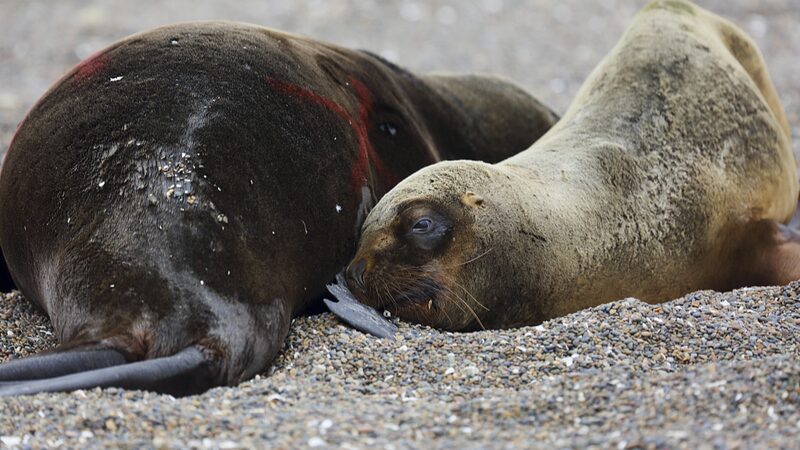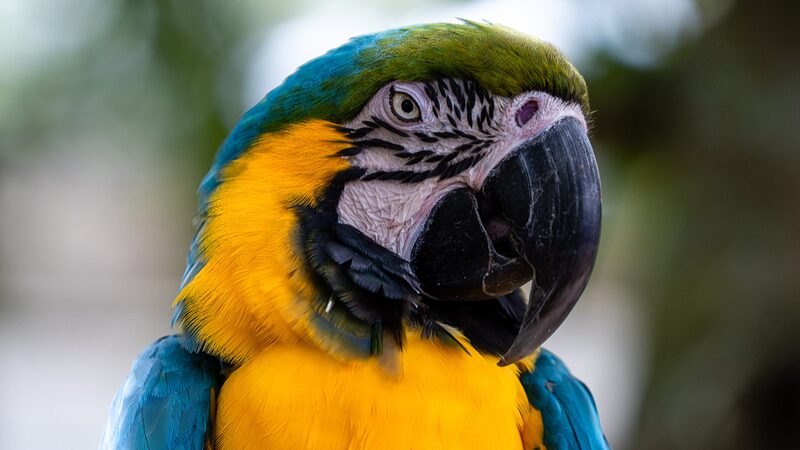A deadly strain of avian influenza is wreaking havoc on seal colonies worldwide 🌊, killing tens of thousands of marine mammals and leaving scientists scrambling for solutions. The outbreak – which began in 2020 – has now reached \"pandemic proportions\" in wildlife populations, disrupting ocean ecosystems from Maine to Antarctica. 🚨
From Seabirds to Sea Lions
The H5N1 virus has jumped from birds to seals through likely contact with infected seabirds, according to UC Davis researcher Marcela Uhart. \"Once the virus enters wildlife, it spreads like wildfire,\" she says. South America has been particularly hard-hit, with over 20,000 sea lions dead in Chile/Peru and thousands of elephant seals lost in Argentina.
Ecosystem Domino Effect 🐟
Seals play a critical role as apex predators, keeping fish populations in check. Their mass deaths could create cascading impacts – imagine your favorite streaming show killing off a main character and the whole plot collapsing. That's essentially what's happening underwater.
Antarctica Alert 🧊
The virus reached mainland Antarctica for the first time in February 2024, threatening penguin colonies and other species. Scientists warn this could become an \"ecological disaster\" for the fragile polar ecosystem.
While the risk to humans remains low, researchers emphasize the urgent need for wildlife monitoring and cross-border cooperation. As climate change alters animal habitats, such outbreaks may become more common – a reminder that nature's balance is more fragile than ever. 🌎
Reference(s):
Scientists look for solutions to bird flu epidemic in seal colonies
cgtn.com



